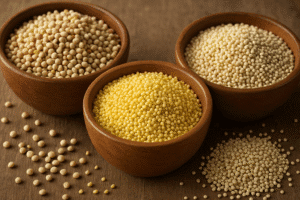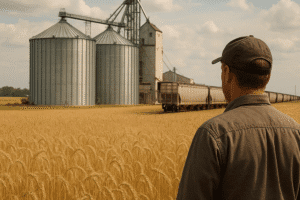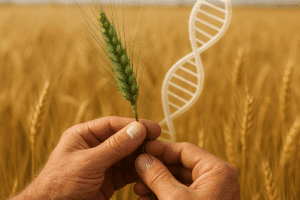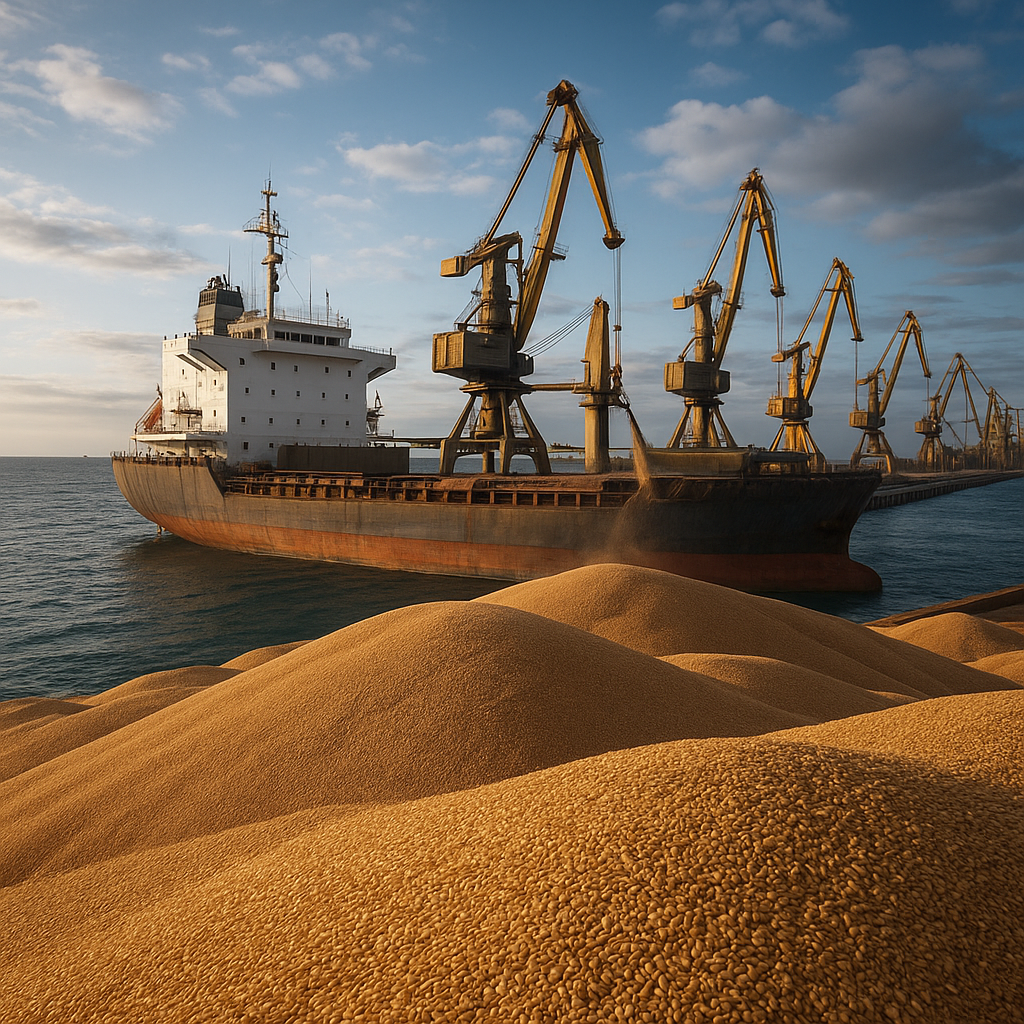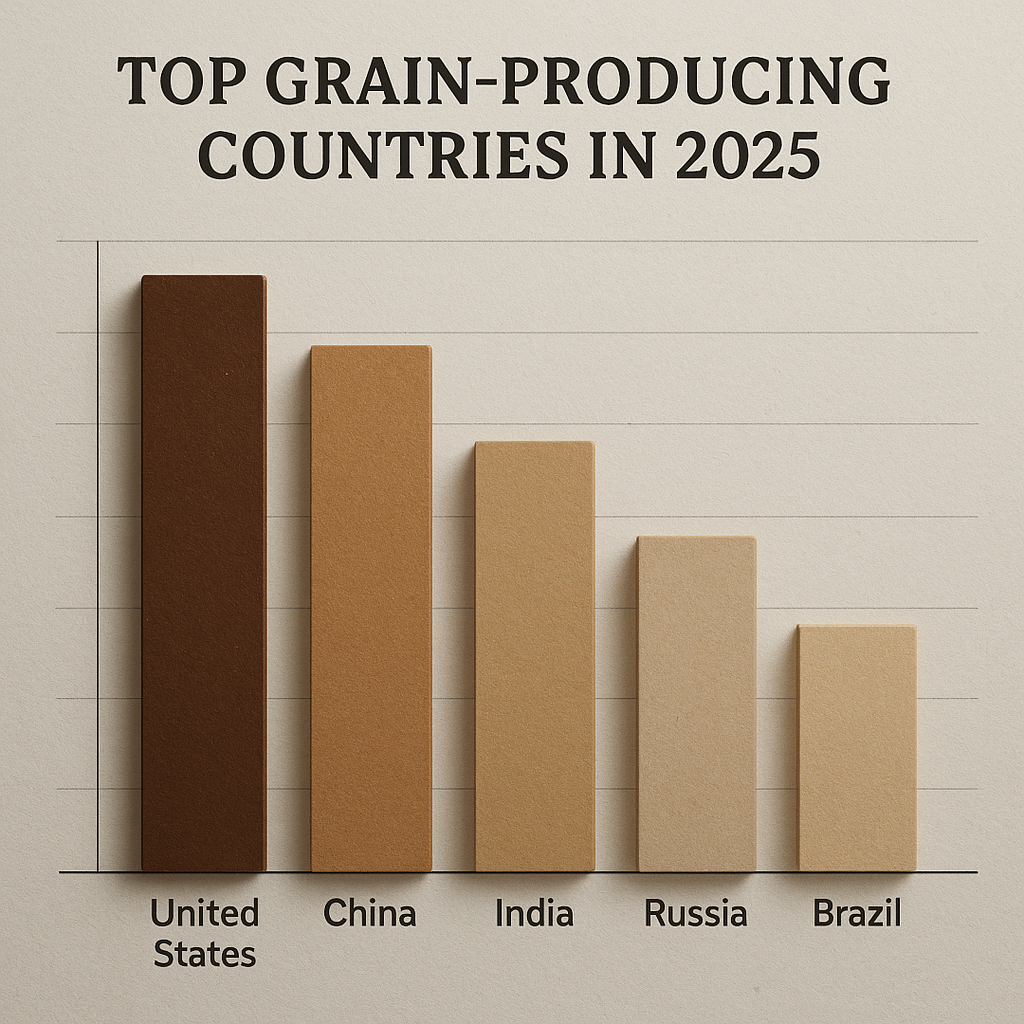Comparing grain subsidy models across countries reveals the complexities and variations in agricultural policies that impact food security, farmer livelihoods, and international trade. Grain subsidies are financial aids provided by governments to support their agricultural sectors, ensuring that farmers can produce sufficient food at competitive prices. This article delves into the different models of grain subsidies implemented in various countries, examining their effectiveness, challenges, and implications for global agriculture.
Understanding Grain Subsidy Models
Grain subsidy models can be broadly categorized into direct payments, price supports, and input subsidies. Each model has its own set of advantages and disadvantages, influencing not only the agricultural landscape of a country but also its economic stability and food security.
Direct Payments
Direct payments are financial transfers made to farmers regardless of the market price of grains. This model is prevalent in countries like the United States and the European Union, where farmers receive payments based on historical production levels or acreage planted. The primary goal of direct payments is to provide a safety net for farmers, ensuring they can maintain their livelihoods even when market prices fluctuate.
- Advantages: Direct payments can stabilize farmers’ incomes, encourage production, and reduce the risk of poverty in rural areas.
- Disadvantages: Critics argue that direct payments can lead to overproduction, environmental degradation, and dependency on government support.
Price Supports
Price support programs involve the government setting a minimum price for grains, ensuring that farmers receive a guaranteed income for their products. This model is commonly used in countries like Canada and Japan, where the government intervenes in the market to stabilize prices and protect farmers from volatile market conditions.
- Advantages: Price supports can help maintain stable income levels for farmers and encourage investment in agricultural production.
- Disadvantages: Such programs can distort market prices, leading to inefficiencies and potential trade disputes with other countries.
Input Subsidies
Input subsidies are financial aids provided to farmers to reduce the cost of agricultural inputs such as seeds, fertilizers, and pesticides. This model is widely used in developing countries, where governments aim to boost agricultural productivity and food security. Countries like India and Brazil have implemented input subsidy programs to enhance crop yields and support smallholder farmers.
- Advantages: Input subsidies can significantly increase agricultural productivity, improve food security, and support rural development.
- Disadvantages: However, they can also lead to over-reliance on chemical inputs, environmental degradation, and market distortions.
Case Studies of Grain Subsidy Models
To better understand the implications of different grain subsidy models, it is essential to examine specific case studies from various countries. These examples illustrate how subsidy programs can shape agricultural practices, influence market dynamics, and affect food security.
United States: The Farm Bill
The United States employs a comprehensive approach to grain subsidies through its Farm Bill, which is renewed approximately every five years. The Farm Bill encompasses various programs, including direct payments, crop insurance, and conservation programs. The primary aim is to support farmers while ensuring a stable food supply for the nation.
- Impact: The Farm Bill has been instrumental in stabilizing farmers’ incomes, particularly during periods of low commodity prices. However, it has also faced criticism for favoring large agribusinesses over smallholder farmers and contributing to environmental issues.
European Union: Common Agricultural Policy (CAP)
The European Union’s Common Agricultural Policy (CAP) is one of the most significant agricultural subsidy programs globally. It provides direct payments to farmers based on land area and implements various measures to support rural development and environmental sustainability. The CAP aims to ensure a fair standard of living for farmers while promoting sustainable agricultural practices.
- Impact: While the CAP has successfully supported European farmers, it has also been criticized for its complexity, bureaucratic inefficiencies, and the disproportionate benefits received by larger farms.
India: National Food Security Act
India’s National Food Security Act (NFSA) aims to provide subsidized food grains to the country’s most vulnerable populations. The government procures grains at a minimum support price (MSP) and distributes them through a public distribution system (PDS). This model addresses food security concerns while supporting farmers through guaranteed prices.
- Impact: The NFSA has significantly improved food access for millions of Indians. However, challenges such as corruption, inefficiencies in the PDS, and the burden of procurement on government finances remain critical issues.
Brazil: Agricultural Policy and Food Security
Brazil has implemented a range of agricultural policies aimed at promoting food security and supporting smallholder farmers. The country utilizes input subsidies, credit programs, and price supports to enhance agricultural productivity. The Zero Hunger Program, for instance, focuses on eradicating hunger and improving nutrition through various initiatives.
- Impact: Brazil’s approach has led to significant reductions in poverty and hunger. However, the sustainability of these programs and their long-term impact on the environment are ongoing concerns.
Challenges and Future Directions
Despite the benefits of grain subsidy models, several challenges persist across countries. These challenges include budget constraints, market distortions, environmental impacts, and the need for policy reforms to adapt to changing global conditions.
Budget Constraints
Many governments face budgetary pressures that limit their ability to sustain subsidy programs. As global economic conditions fluctuate, prioritizing agricultural support becomes increasingly challenging. Policymakers must balance the need for farmer support with fiscal responsibility, often leading to cuts in subsidy programs.
Market Distortions
Subsidy programs can create market distortions, leading to inefficiencies in agricultural production and trade. For instance, price supports may encourage overproduction, resulting in surplus grains that can depress global prices. This situation can harm farmers in countries without similar support systems, leading to trade disputes and tensions.
Environmental Impacts
Many subsidy models, particularly input subsidies, can contribute to environmental degradation. The overuse of chemical fertilizers and pesticides can lead to soil degradation, water pollution, and loss of biodiversity. Policymakers must consider the environmental implications of subsidy programs and explore sustainable agricultural practices that minimize negative impacts.
Policy Reforms
As global agricultural challenges evolve, there is a pressing need for policy reforms that adapt to changing circumstances. This includes integrating climate resilience into subsidy programs, promoting sustainable practices, and ensuring that support reaches the most vulnerable farmers. Collaborative efforts among countries can also enhance the effectiveness of subsidy models and promote food security on a global scale.
Conclusion
Comparing grain subsidy models across countries highlights the diverse approaches taken to support agricultural sectors and ensure food security. While each model has its strengths and weaknesses, the ongoing challenges of budget constraints, market distortions, and environmental impacts necessitate careful consideration and reform. As the global agricultural landscape continues to evolve, policymakers must prioritize sustainable practices and equitable support for farmers to build resilient food systems for the future.
